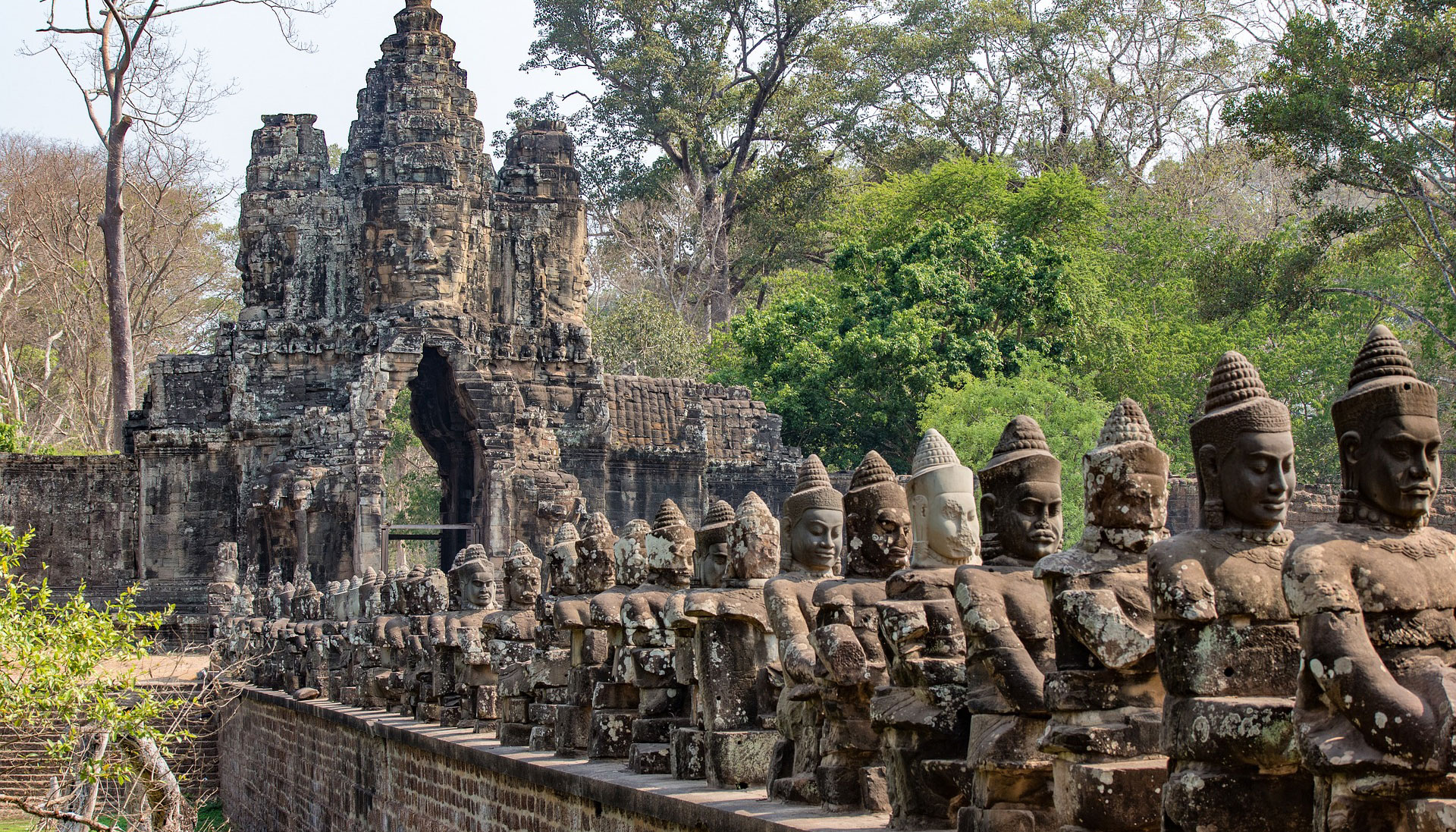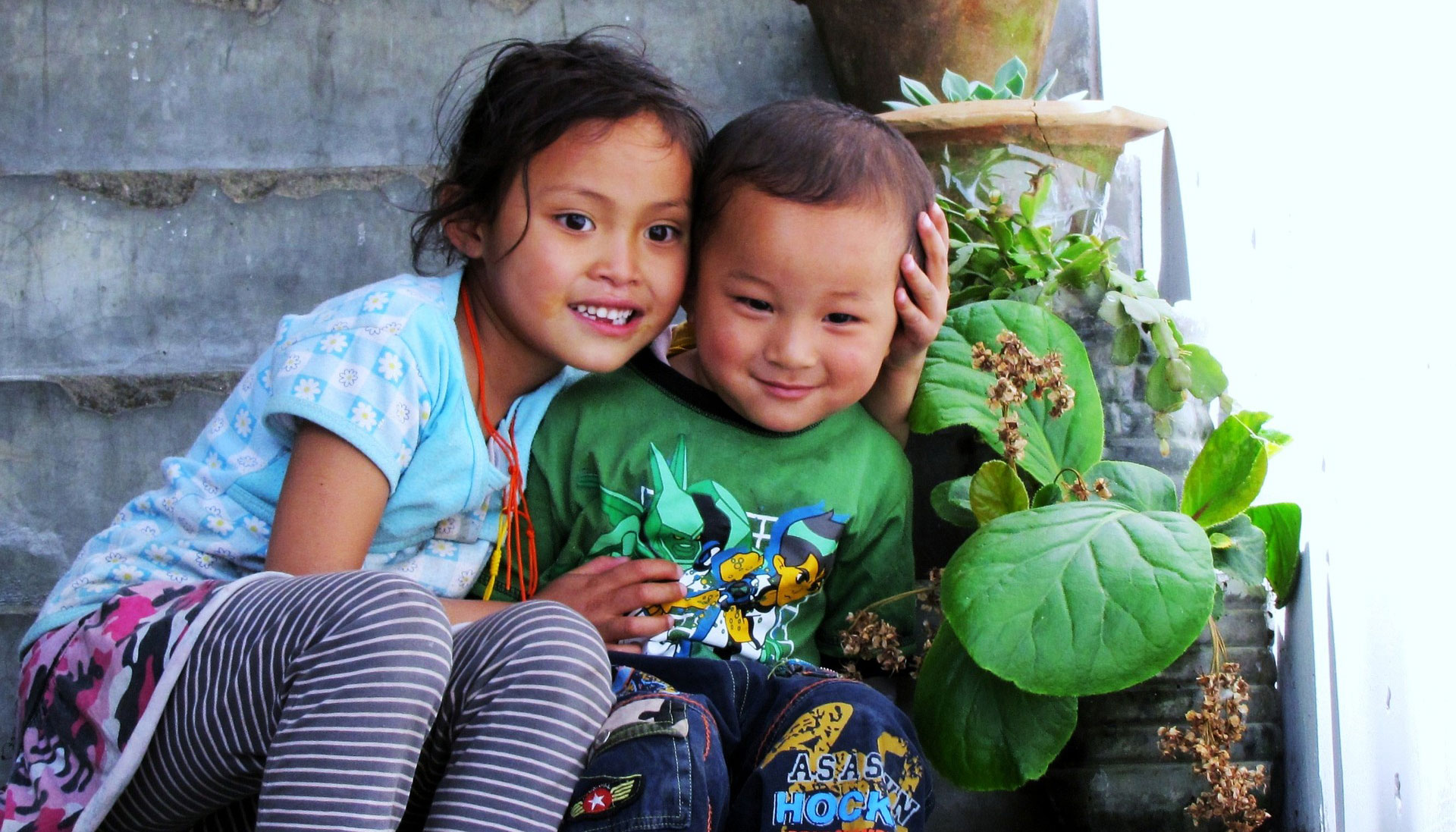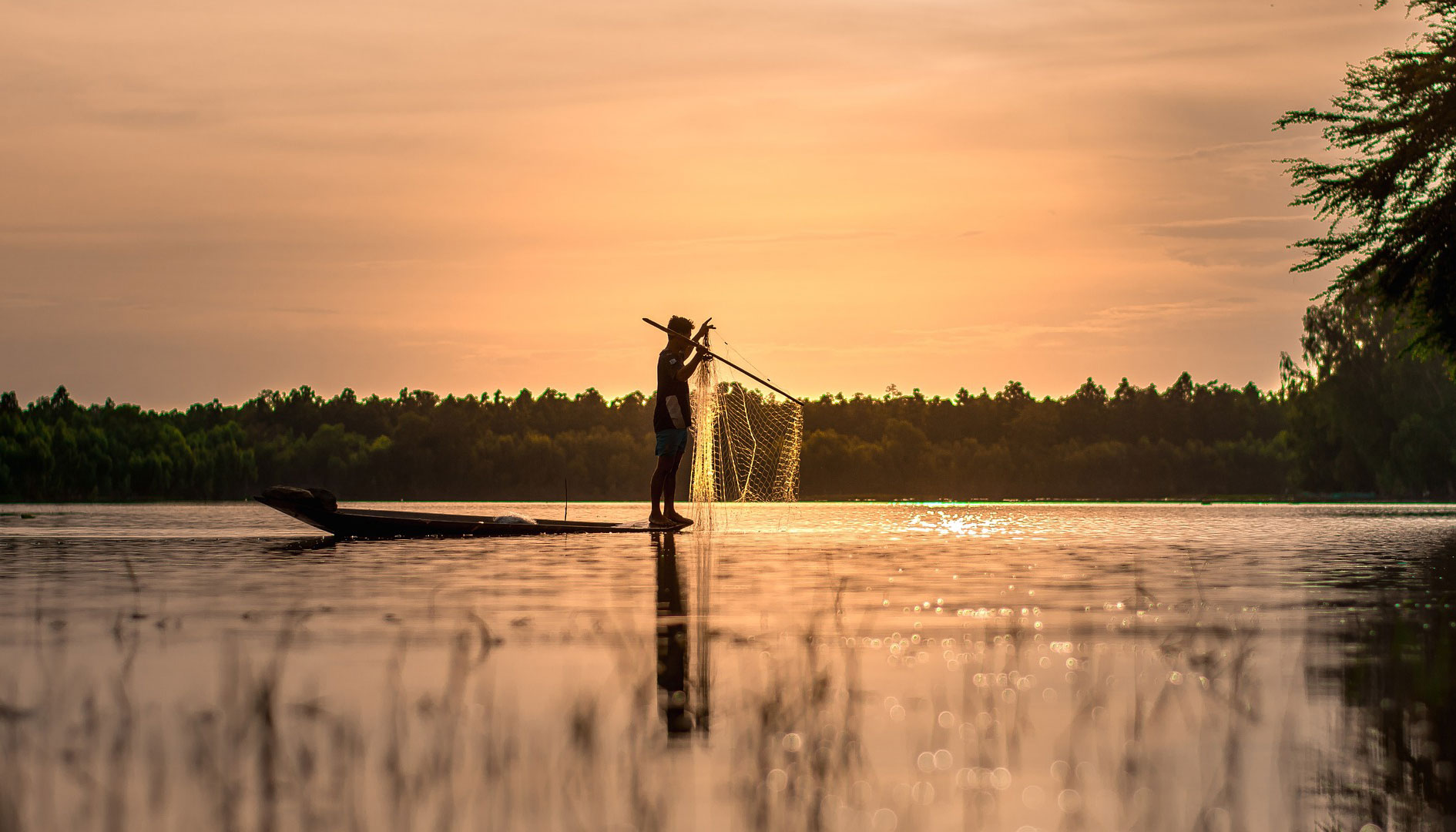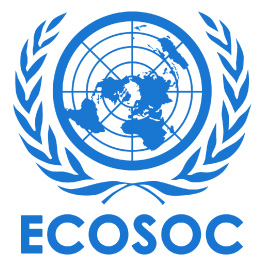Jaipur, Havana and Cusco, all these Globe Aware volunteer vacation destinations make the list! These colorful locations should definitely be added to your bucket list!
Little India to Havana: 10 most colourful places to add to your travel wishlist
PALLABI BOSE
Travel 19 Jul 2022
LIFESTYLE ASIA
The world is full of beautiful places that you can admire as a traveller. While some of the most colourful places on earth are a result of natural phenomena, others are man-made.
For instance, the serene mountains and seas, the endless dunes in deserts, the earthy aroma of jungles and the bustling cities, all bring out the spectacular hues of various regions in a country that can leave you spellbound.
However, even as a globetrotter, you may have a preferred type of destination you enjoy the most. To make picking your next tour destination easier, we have created a list of some of the most colourful places in the world.
While the bright technicolour visuals make these places unique and can brighten up the mood of a weary traveller, these places are great for clicking some Instagram-worthy pics to boost your social media game as well. These unearthly visuals can fuel the hodophile in you and make you feel like you are in an alternate reality. Additionally, you can visit these places solo, with friends, family or with your significant other.
Here are some of the most colourful places in the world to add to your bucket list
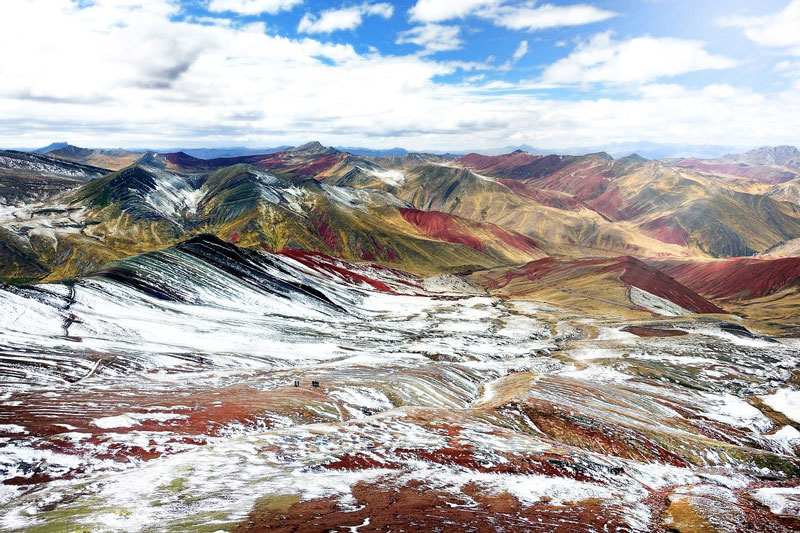
Rainbow Mountain, Peru
Vinicunca, also known as the Rainbow Mountain, is a geological wonder discovered in the Peruvian Andes in Cusco in 2015. But what gives Peru's Rainbow Mountain its unique multicoloured look?
When the snow covering the mountains melted away, the hidden rocks in turquoise, lavender, gold and other colours emerged. Since then, it has been a hotspot for national and international tourists. With an altitude of 5,200 metres, which measures a height that is slightly more than half of Mt. Everest, the Rainbow Mountain comprises 14 vibrant minerals, responsible for the rainbow-like appearance.
When visiting Vinicunca, carry warm clothes as the temperature gets pretty low sometimes. Additionally, since the weather tends to change abruptly here, carry rain jackets, sun hats and sunglasses. A pair of durable trekking shoes and socks will make climbing Vinicunca easier. You can also bring some coca leaves to prevent altitude sickness.
According to the local authorities, the best time to visit is from March to November, especially from June to August, as you can enjoy the blue skies. But the sudden weather change is just a risk you have to take. You can also witness animals like llamas, horses and alpacas in the area.
Burano Island, Italy
One of the most colourful places in the world, Burano is a small island in Northern Venetian Lagoon. It has approximately 3,000 inhabitants. A 45-minute boat ride from Venice will take you to the colourful island. Spring and autumn are both suitable seasons to visit this place.
Most tourists visit Burano to see the vibrant houses and their hues reflecting on the green water of the channels in the city. It is believed that the houses were painted in distinct colours so that fishermen at sea could spot land through thick fog in the olden days.
Every once in a while, the residents paint the façade of their houses in shades decided by the local government. If residents want to colour the exterior of their home a different colour, they will have to get their request approved by the government. The cheerful hues of the houses and the beautiful flowers adorning their balconies can brighten your mood even on a gloomy day.
The island is also popular for lace-making, lume glass work and dishes made with fish. You can visit and watch the older ladies embroider the authentic Burano lace with their tombolo (a lace pillow) and maybe purchase a souvenir, too. Travellers can also have delectable pizzas, ice-creams as well as the special cookie of Burano at one of the pastry stores.
Havana, Cuba
The capital of Cuba, Havana, is one of the most beautiful cities in the world. Art, culture and music - it has it all, which makes it one of the hottest destinations for all sorts of tourists.
The streets of Havana are full of vibrant, tropical, Mediterranean and pastel hues. The chromatic murals, artistic stores and vibrant paints on the walls and windows are perfect for taking some Instagram-worthy snaps. These colours range from earth browns, teals and ubiquitous Havana blue to shiny and bright bubblegum pink. Do not forget to visit the Callejon de Hamel, one of the most famous streets of the city with stunning vistas of vibrant murals, street art and installations reminiscent of Afro-Cuban art and the Santeria religion at every turn.
However, the diverse colours are not just seen in the form of art and architecture the city boasts. Another remarkable aspect of Havana is the mobile carpark, where several cars in unique colours and different styles wait for you to take you on a ride.
From November to April, especially during winter, is the best time to visit this cultural haven of Cuba.
Jaipur, India
The capital of Rajasthan, Jaipur, is also known as the Pink City. But how did it get this name?
In 1876, when the then Prince of Wales visited India, Maharaja Ram Singh of Jaipur painted all the buildings of the city pink, as the colour symbolises hospitality. Ever since, it has retained the pinkish hue.
Additionally, the city also showcases an impressive palette of colours in clothes the locals wear, as well as printed fabrics, gems, jewellery and shoes sold at the busy bazaars.
Jaipur makes for a perfect place for history buffs through its magnificent palaces and forts. For those who would like to witness grand architecture with a dash of a metropolitan vibe, the Pick City in the place to be.
Visitors can enjoy their time in Jaipur from October to January, as the summer months are too hot to tour the city, which holds the title of being the first planned city of India.
Little India, Singapore
As the name suggests, Little India is a small place on the east of the Singapore River that perfectly captures the charming vibe and the varied culture of India.
In the 19th century, many Europeans lived here for its racecourses while traders would hire Indian immigrant workers. Over time, it has become one of the most popular and vibrant districts of Singapore.
Travellers to Little India can see Hindu, Chinese and Buddhist temples, mosques and churches in one place. The scenic beauty of the place is enhanced by the colourful buildings. An excellent example is one of the remaining iconic structures showcasing Chinese architecture - the House of Tan Teng Niah. It is known for its vibrant and photographic masonry.
What makes the alleys of Little India even more lively is the intricate mural works depicting Singapore's history and street art in bright colours that will make you marvel at the artists' expertise with colours. However, the street art in the area does not include graffitis.
The weather here stays mostly the same throughout the year, which makes visiting Little India convenient for globe trotters. However, you can plan your trip during Indian festivals like Navaratri or Diwali to enjoy celebrations.
La Boca, Argentina
The Spanish term 'La Boca' loosely translates into 'mouth.' Located at the entrance of Riachuelo, Buenos Aires, La Boca is one of the most beautiful and colourful places in the country.
In the 1960s, artist Benito Quinquela MartÃn decided to breathe life into an otherwise abandoned street in his neighbourhood, which birthed the vibrant La Boca as we know it. La Boca also served as one of the largest ports in the city in the late 19th and early 20th centuries. Perhaps, this is why visitors can spot the depiction of activities involving ports in the street artworks of MartÃn. The place is popular for its houses in bright colours, renowned Argentine soccer team Boca Junior and the dance form Tango.
Touted as the most colourful streets of the city, El Caminito was hailed as an open-air museum in 1959, where you can also witness the works of other artists. The streets are more like a painted canvas you can walk through. Conventillos are the old houses in El Caminito that serve as art galleries. It is one of the most Instagrammable places in the country.
Another spectacle of this area is the Estadio Boca Juniors (aka La Bombonera), a huge building painted in blue and yellow stripes, which is the home of the Boca Junior.
Spring is a great time to visit Buenos Aires. Visitors, however, must avoid visiting La Boca at night as it is infamous for pick-pocketing.
Rainbow Village, Taiwan
This village in Taichung City got a colourful makeover in 2007 when war veteran Huang Yong-fu learned that his home, where he had been living for over 30 years, was going to be demolished. However, little did he know that in his attempt to bid goodbye to his abode, he would not just be turning the exteriors of his home but also the abandoned neighbourhood into a piece of art featuring vivid colours. This earned him the nickname 'Grandpa Rainbow'.
Huang's artworks on 11 bright buildings, showcasing quirky illustrations and imaginative creatures, soon went viral. Drawing artists and visitors from world over, the village quickly was renowned for its playful yet artistic look. This led to a petition campaign, which began in 2010, to stop the demolition of the village. Although it took four years for the Taichung City government to change its mind to bring down the Rainbow Village, which has no residents today, its beautifully painted buildings have been preserved and are frequented by students from nearby universities and tourists.
The most favourable time to visit Taichung City is spring.
Chefchaouen, Morocco
The most comfortable time to visit Chefchaouen, also known as the blue diamond of Morocco, is spring (March to May) and autumn (September to October).
Located high up in the country's Rif Mountains, the city is famous for its blue-tinted paints on buildings and pathways, which look straight out of a fairy tale. The azure colour is believed to symbolise the Jewish faith, which began with using dyed blue threads in prayer shawls - a gesture that would remind the citizens of the city of god. This gradually led to the Chefchaouen being bathed in the shade of blue. However, others believe it represents the colour of the Mediterranean Sea, which was replicated across the city to attract tourists.
Unlike the other bustling cities of Morocco, Chefchaouen has a soothing vibe, owing to the mountains, lush gardens and waterfalls surrounding the city. Long walks in the place are a heavenly feeling as the winding lanes will take you to the centre of Chaouen, as the city is commonly called. You can also find white-blue paintings on different canvas sizes to buy as a souvenir, as well as a collection of old weapons and textiles housed in a museum here.
Additionally, do not miss mingling with the locals and tasting freshly baked bread and tagines while touring the picturesque city in the north-African country.
The Great Barrier Reef, Australia
The Great Barrier Reef, one of the seven natural wonders of the world, stretches over 2,300 kilometres along the northeast coast of Australia.
Adventure enthusiasts can take a plunge into the clear blue waters to witness the world's largest collection of coral reefs or stroll on the picture-perfect tropical island with golden beaches and lush greenery.
Supporting a diverse underwater ecosystem, the Great Barrier Reef is home to more than 9,000 species, including around 3,000 individual reef systems, 1,600 fish species, venomous sea snakes, brightly coloured worms and algae. Along with the beautiful coral formations, divers can also see giant clams, rare species of whales and six of the world's seven marine turtle species.
To get more out of this beautiful place, visitors can choose from an array of activities, including scuba diving, snorkelling, aircraft and helicopter trips, glass-bottom boat viewing, whale watching and swimming with dolphins. May to October is the ideal time to tour The Great Barrier Reef.
Norway
The northern region of Norway, from late September to late March, witnesses longer nights as it gets dark starting in the early afternoon. This is when the northern lights, or the aurora borealis, form beautiful patterns of lights that seem to be dancing in the dark sky.
To view this remarkable atmospheric phenomenon, visitors have to travel to the north of the country to reach the Aurora Zone. You can also book one of the organised tours for travellers, hoping to catch a glimpse of the spectacle, which is caused when electrically charged particles from the sun enter the Earth's magnetic field down the magnetic poles of the northern and southern hemispheres. This creates horseshoe-shaped particles in green and sometimes brown and red that move over the Arctic Circle.
Gamcheon Culture Village, South Korea
Known as the 'Machu Picchu of Korea', Gamcheon Culture Village is a coastal city in west Busan where history meets art. The labyrinth of steep alleys, stairways, sculptures, street art painted in vibrant shades and pastel-coloured houses with bright rooftops make for one of the most colourful places in the world.
However, it has a rather painful past. The village served as a settlement for refugees during the Korean War, who cultivated the mountainous terrain to make a living. Several years later, as part of the Village Art Project by the government's Ministry of Culture, Sports and Tourism, artists, residents and students flocked to the village to give it a facelift in 2009. Today, a visit to Busan will be incomplete without taking a trip to Gamcheon Culture Village.
The best time to visit Busan is during spring and autumn. Remember to carry a map of Gamcheon to avoid getting lost in one of the most colourful places in the world.
